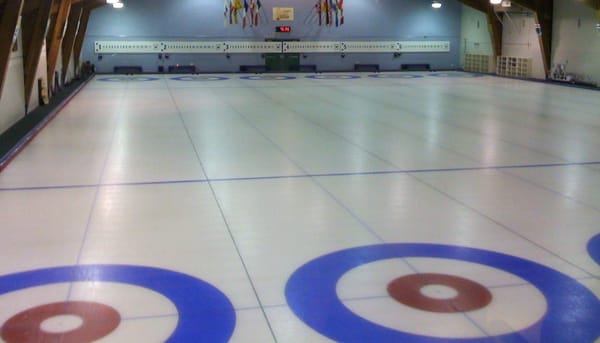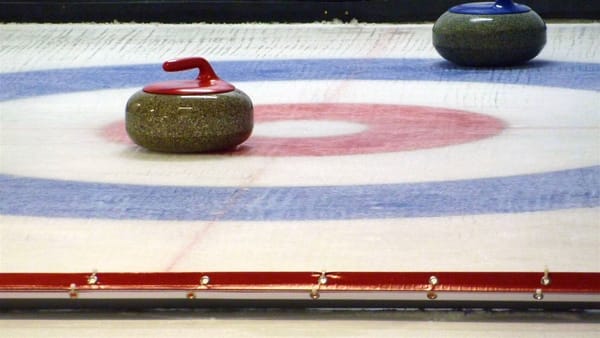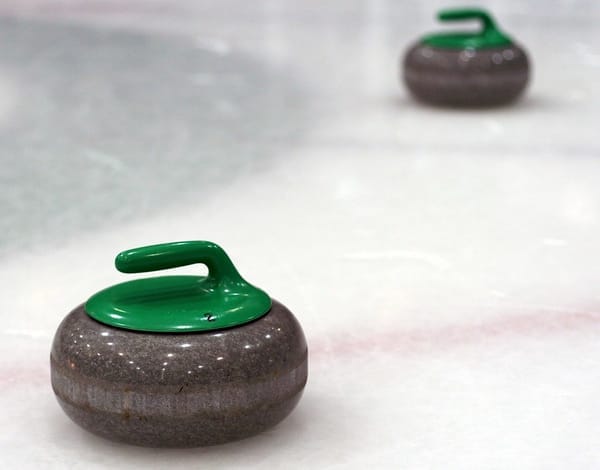The Trifecta of Curling Ice Playability: A Look at the Contributing Factors

Curling ice is much more than a frozen sheet of water. It’s a meticulously prepared playing surface designed to provide optimal conditions for this beloved sport. Achieving that ideal playing surface, however, involves a complex interplay of factors that influence ice playability. The sources categorize these factors into three main groups: facility-related, ice technician-related, and athlete-related. Let’s take a closer look at how each of these categories can make or break the curling experience.
Facility-Related Factors: The Foundation of Good Ice
- The Ice Subfloor: The subfloor upon which the ice is built plays a critical role in temperature consistency. Concrete bases are generally preferred over sand bases, as they tend to be more level and provide more even cooling. An uneven subfloor can lead to variations in ice thickness and temperature, resulting in unpredictable rock behaviour.
- Overhead Lighting: Believe it or not, the type of lighting used in a curling facility can affect ice temperature. Older lighting systems, such as fluorescent lights, tend to generate more heat than newer LED lights. Excessive heat from lighting can cause the ice surface to soften, affecting rock speed and curl.
- Ice Paint: While it might seem trivial, the colour of the ice paint can also impact ice temperature. Darker colours tend to absorb more heat than lighter colours, potentially leading to warmer ice conditions.
- Radiant Energy from the Sun: For facilities with natural light, sunlight can be a sneaky culprit in affecting ice temperature. Radiant heat from the sun can penetrate roofs and ceilings, warming the ice surface. Employing barriers like Low-E curtains can help minimize this effect.
- Compressor Cycling: The heart of any ice-making system is the compressor, which is responsible for cooling the ice surface. The compressor’s capacity and cycling frequency can significantly influence ice temperature stability. Larger capacity compressors, cycling more frequently within a tighter temperature range, are generally preferred for championship-level ice, as they provide greater consistency.
- Heat and Humidity Control: Managing the arena’s overall heat and humidity levels is crucial not only for player comfort but also for preventing condensation on the ice. Maintaining a slightly positive air pressure within the facility helps prevent cold air infiltration. Humidity control is also critical. Ideally, the dew point should be slightly higher than the ice surface temperature. This delicate balance helps prevent both frost formation, which increases friction and slows down the rocks, and sublimation, where the ice turns directly into vapour, bypassing the liquid phase. Implementing energy-efficient systems like heat recovery can further optimize the arena environment while minimizing operational costs.
Ice Technician-Related Factors: The Artistry of Ice Making
- Pebble Application: The pebble, those tiny droplets of frozen water sprayed onto the ice surface, is critical for reducing friction and facilitating rock movement. The ice technician’s expertise in applying the right amount of pebble, at the appropriate size and shape, is essential for consistent ice performance. The water temperature used for pebbling is crucial, as warmer water creates rounder, more desirable pebble formations. Factors like the length of the game and the level of play will also influence pebble application strategies.
- Pebble Water Quality: Using high-quality, deionized or reverse osmosis (RO) water, free from impurities and gas, is crucial for optimal pebble adhesion to the ice surface. De-gassing the water by letting it stand open after heating can further improve pebble quality.
- Ice Surface Temperature Management: As previously discussed, maintaining the ice surface temperature within the optimal range (22.5–24.5 degrees Fahrenheit) is paramount. Exceeding this range can lead to soft, unplayable ice. The ice technician utilizes various tools and techniques, including monitoring sensors and adjusting compressor settings, to maintain the ideal surface temperature throughout the game.
- Rock Running Surface Maintenance: The running surface of a curling rock, the small circular band that makes contact with the ice, can become polished over time, affecting its curl profile. The ice technician may need to periodically “scratch” or texture the running surfaces using specialized tools and techniques to restore a more aggressive curl.
Athlete-Related Factors: The Human Impact
- Weight of Athletes: Athlete weight can impact pebble durability, as heavier athletes tend to exert more force on the pebble, leading to faster breakdown. Men’s games, for example, often experience faster pebble degradation compared to women’s games due to the weight difference.
- Types of Shoes: The type of shoes worn by curlers, particularly the level of grip, can also contribute to pebble wear. Shoes with high grip can increase friction on the pebble, accelerating its breakdown. Wearing a slider while sweeping, however, can help mitigate this effect.
- WCF Tournament Compliant Broom Heads: Modern broom heads, designed to comply with World Curling Federation (WCF) regulations, have the added benefit of extending pebble durability. These compliant broom heads, which are often made from synthetic materials, tend to create less friction on the ice surface, resulting in less wear and tear on the pebble, particularly in the high-traffic center area of the sheet.
The interplay of these various factors highlights the complexity of creating and maintaining optimal ice conditions for curling. It requires a skilled ice technician who understands the science of ice, pays attention to detail, and anticipates how different factors, including athlete behaviour, can impact ice playability. So, the next time you enjoy a curling game, take a moment to appreciate the unsung hero behind the scenes - the ice technician who works tirelessly to ensure a consistent and enjoyable curling experience for all.



